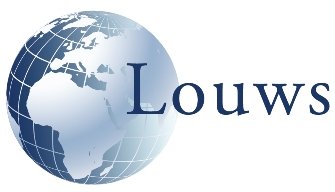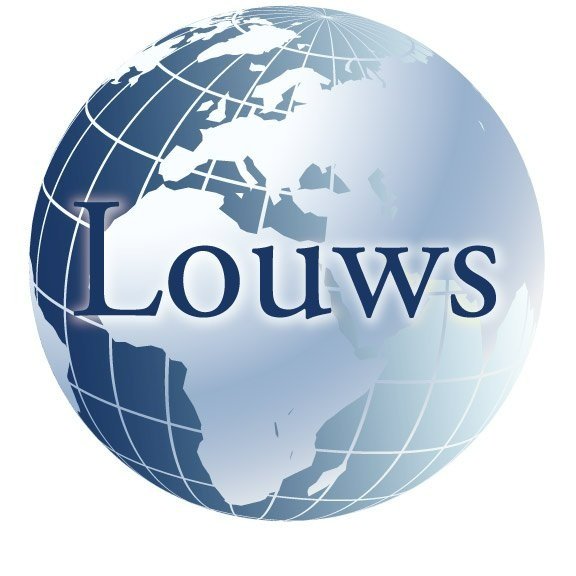Keeping a Brand’s Positioning from failing - Part 1
Collective “living” of the Brand by all who represent it
To do this, marketing, production and administration must all be on the same page.
A classic fail example is United Airlines slogan, Fly the friendly skies. Both memorable and respected as one of the most powerful airline catch phrases of its time.
However, someone forgot to tell their flight attendants, who were notoriously rude. We know. The CMO called us in to advise them on fixing the problem.
Interestingly, when speaking with dozens of their flight attendants it had never occurred to them that living the slogan was part of their job description.
Many considered it demeaning in what they called “sucking-up to the customer”, for they had been taught that passenger safety was, unfailingly Job #1 - which they translated to, “even if at the expense of,happy customers”.
Ever seen a brand statement that’s paragraphs long?
It works when management and the marketing team single-mindedly know what the brand stands for and insures all employees understand that it is part of their job description and responsibility to live it.
If they do, other employees and customers will, over time, start embracing it.
The longer and more convoluted the statement becomes, the more impossible it’s to live and replicate across all compay functions.
Confusion of nomenclature
To our collective amazement we discovered the subject of branding is wrought with misunderstanding, complicated definitions and misdirection, which has served to confuse a relatively simple subject.
Solution #1: Define the brand.
Brand Defined:
15th Century: A mark used to punish and identify criminals and slaves.*
18th Century: A mark used on cattle to show ownership.*
21st Century: Identifying mark or label on a product.*
*Source: Webster’s Collegiate
As a Noun, branding is simply the Mark or Symbol that represents a company, its products and/or services. It denotes who owns the product on display.
For Nike it’s the Swoosh.
For Mercedes Benz the Star.
Confusion over brands and products:
Confusion abounds when the product line and brand become interchangeable – a classic example of this can be found in the automotive industry.
Is the F150 a product or is it a Brand? Is it both?
We all know that Ford is the brand. The F150 is one of Ford’s entry-level trucks.
One of Ford’s tag lines is “tough”. Great for trucks. How good is it for their Mustang? And what about their entry level sedan, the Ford Focus?
See the dilemma?
Over time, consumers figure it out - but why, when it can be done so much more expediently if done right to begin with?
Lexus got it right.
Originally they said “We want to take over part of the premium market but our Brand “Toyota” doesn’t stand for premium and we do not want to compete with ourselves and cannibalize our own market share. Therefore, we will create a new brand called Lexus”.
Nissan soon followed suit with Infiniti.
A more recent example is seen with Harley Davidson.
This is a bike for the bad boy allure in all those good guys.
However, the die-hard “racing enthusiast” views the Harley brand as a joke.
Thus, the advent of Buell® – a completely new and separate brand from parent Harley Davidson catering to that “enthusiast” marketplace.
Current brands that are getting it right are:
“Him and Hers” consumer telehealth and wellness brand with a 94% increase in revenue growth in Q1, 2023,
The #1 recognized brand in the world Apple, with its introduction of new iPhones and iPads and 33% increase in this past year’s revenue,
Tesla the fastest growing brand globally with a 32% increase in brand value according to Omnicom's brand consultancy Interbrand.
What should a brand be doing?
In its most fundamental form, a brand is the mark used to say: “This is Who we are!”.
Not What we are, but Who we are.
Therefore when you see the Nike swoosh you say; “Oh, that’s a Nike Sneaker” or “Nike Runner” or “Nike Shirt” or “Nike Hat”, or “Nike Golf shoes”.
When you see the Starbucks logo on a cup of coffee it’s not just a cup of coffee. It’s a Starbucks cup of coffee.
And when you see this logo, who globally doesn’t know they are in possession of an Apple product.
It’s about asserting your ownership over the product. It’s not about the product.
It’s about owning an “identity”.
The more you try to make the product the differentiating factor, the more you lose ownership over the product.
Therefore, we offer up this definition of a brand:
The visible representation (icon) that identifies ownership over a product, service or category.
Solution #2: Create a Positioning for the brand.
Positioning Defined:
To put in a situation of status*
To put into a location or condition in which one has an advantage*
*Source: Webster’s Collegiate
Combining Branding and Positioning, we see that Brand Positioning is the meaning given to the brand and by which one’s customer favorably knows the brand and its products.
If the brand’s Mark is already established, it’s this meaning that should be the central focus of all branding or re-branding efforts.
When you think of owning a Mercedes, it says - you’ve made it. An Apple – you’re cool. A Harley - you’re a bad boy.
Part 2 in this series will highlight why one brand stands out over others. It comes out in March 2024.



